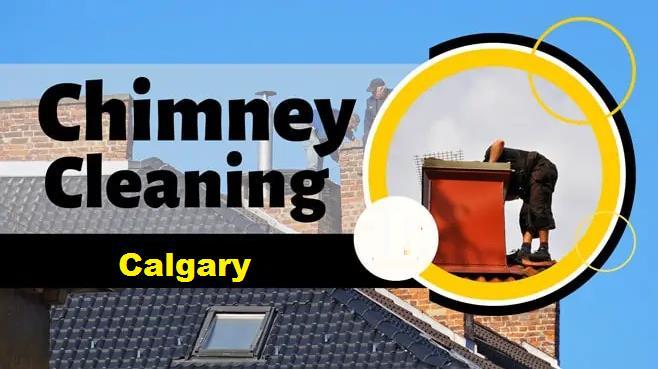How to Clean a Chimney from the Inside: A Comprehensive Guide


A clean chimney is essential for maintaining a safe and efficient fireplace or woodburning stove. Over time, creosote (a flammable byproduct of burning wood) builds up inside the chimney, increasing the risk of chimney fires. Regular cleaning helps prevent blockages, improves airflow, and ensures proper ventilation.
In this guide, we’ll cover the best methods for Cleaning a Chimney from the inside, the tools you’ll need, and important safety tips.
Why Cleaning Your Chimney Is Important
Before diving into the cleaning process, it’s crucial to understand why chimney maintenance matters:
1. Prevents Chimney Fires – Creosote buildup is highly flammable and a leading cause of chimney fires.
2. Improves Efficiency – A clean chimney allows smoke and gases to escape more efficiently, improving heating performance.
3. Reduces Health Risks – Blockages can cause dangerous carbon monoxide to leak into your home.
4. Extends Chimney Lifespan – Regular cleaning prevents corrosion and structural damage.
The National Fire Protection Association (NFPA) recommends having your chimney inspected at least once a year and cleaned as needed.
Tools You’ll Need for Cleaning a Chimney from the Inside
To clean your chimney effectively, gather these essential tools:
Chimney brush (choose the right size and type wire for metal liners, poly for masonry)
Extension rods (to reach the full length of the chimney)
Drop cloths or plastic sheeting (to protect the fireplace area)
Vacuum with a HEPA filter (to clean up soot and debris)
Dust mask and safety goggles (to protect against soot and creosote particles)
Flashlight (to inspect the chimney before and after cleaning)
Ladder (if accessing the chimney from the roof)
Stiff-bristle brush and scraper (for stubborn creosote deposits)
Step-by-Step Guide to Cleaning a Chimney from the Inside
1. Prepare the Area
Lay down drop cloths around the fireplace to catch falling soot and debris.
Close any doors to prevent dust from spreading through the house.
Wear protective gear (gloves, goggles, and a dust mask).
2. Inspect the Chimney
Use a flashlight to check for blockages (bird nests, leaves, or excessive creosote).
If there’s heavy buildup (more than ⅛ inch of creosote), consider hiring a professional.
3. Choose the Right Brush
Wire brushes work best for metal flue liners.
Poly brushes are safer for masonry chimneys to avoid damaging the liner.
Ensure the brush diameter matches your flue size (too small won’t clean effectively; too large may get stuck).
4. Attach the Brush to Rods and Begin Scrubbing
Insert the brush into the chimney from the fireplace opening.
Attach extension rods as you push the brush upward.
Use an up-and-down scrubbing motion to dislodge creosote and soot.
For top-down cleaning (if accessing from the roof), secure the brush and work downward.
5. Remove Debris
After scrubbing, use a vacuum to clean out loose soot from the fireplace.
Check the damper and smoke shelf for accumulated debris.
6. Final Inspection
Shine a flashlight up the chimney to ensure it’s clean.
Verify that the damper opens and closes smoothly.
7. Dispose of Waste Safely
Place soot and debris in a sealed bag before disposal.
Avoid tracking soot through the house clean tools and work area thoroughly.

